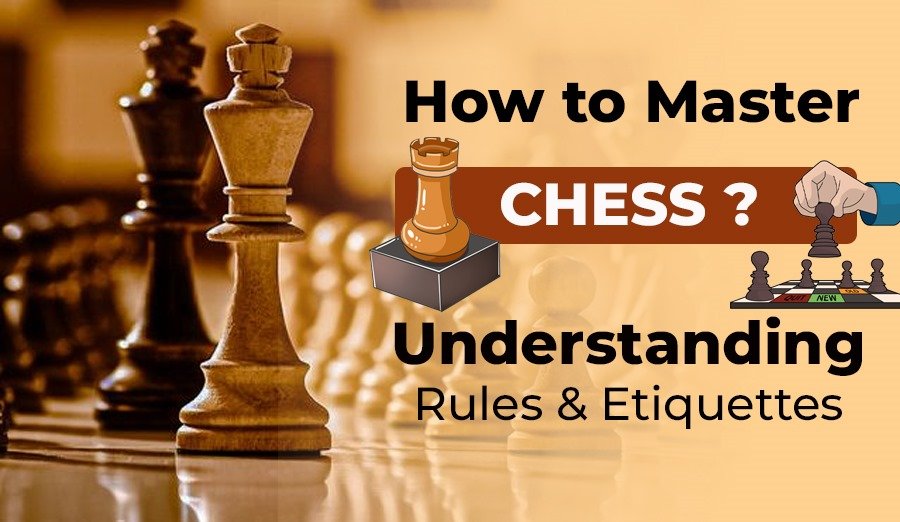-
24, Kabir Rd, Lake Range , Kolkata-700026
Opening Time : 9:30am-5:30pm
24, Kabir Rd, Lake Range , Kolkata-700026
Opening Time : 9:30am-5:30pm

By Admin
Hello Reader!
Welcome to Sunshine Chess Academy, your ultimate destination for mastering the intricate game of chess. As the best chess academy in Kolkata, we are committed to providing comprehensive training that not only hones your tactical skills but also instills in you the importance of adhering to chess rules and etiquette.
Board Setup:

The chessboard serves as the battleground for this ancient strategy game, comprised of 64 squares arranged in an 8×8 grid. These squares alternate between light and dark colors, creating a visually appealing layout.
At the beginning of each game, both players are endowed with 16 pieces, each possessing unique movement capabilities and strategic significance. This assortment includes the regal king and queen, formidable rooks, agile knights, versatile bishops, and steadfast pawns.
As per tradition, the pieces are meticulously positioned on the board, adhering to a prescribed arrangement. Like foot soldiers, the pawns stand at the forefront, lining up along the second row. Behind them, the more powerful pieces – the rooks, knights, bishops, queen, and king – assume their positions, ready to lead the charge or provide critical support as the game unfolds.

Central to mastering chess is a comprehensive understanding of how each piece moves across the board. Each type of piece possesses distinct movement capabilities, contributing to the complexity and depth of strategic possibilities.
The king, though regal in stature, moves with cautious steps, limited to advancing one square in any direction. In contrast, the knight’s movement is characterized by its distinctive L-shaped pattern, allowing it to leap over obstacles and adversaries with ease.
The queen, aptly titled the “most powerful” piece, boasts unparalleled mobility, capable of traversing any number of squares along a rank, file, or diagonal. The rooks, guardians of the board’s horizontal and vertical axes, move in straight lines, facilitating their role in controlling key territories.
Understanding the nuanced movements of each piece is fundamental to formulating effective strategies and executing tactical maneuvers that can lead to victory on the chessboard.

At the heart of every chess encounter lies a singular objective: to checkmate the opponent’s king, thereby securing victory. Checkmate occurs when the opposing king is cornered, under threat of capture, and unable to evade capture on subsequent moves.
As players navigate the complexities of the game, they strive to position their pieces strategically, orchestrating attacks and defenses with precision and foresight. Each move brings them closer to the ultimate goal of achieving checkmate, a feat that demands not only strategic acumen but also mental fortitude and resilience.

In addition to standard piece movements, chess offers a repertoire of special moves that add depth and intrigue to the game. Among these maneuvers are castling and en passant.
Castling, a strategic maneuver involving the king and one of the rooks, serves to fortify the king’s position while mobilizing the rook for potential offensive or defensive actions. En passant, on the other hand, is a pawn-capturing move that arises under specific circumstances, allowing a pawn to capture an opponent’s pawn that has advanced two squares from its starting position.
As the premier chess academy in Kolkata, Sunshine Chess Academy emphasizes not only the mastery of chess techniques but also the importance of following rules and etiquette. By embracing these principles, you not only elevate your gameplay but also contribute to the rich tradition of sportsmanship and camaraderie within the chess community. Join us at Sunshine Chess Academy to embark on a journey of strategic thinking, intellectual growth, and endless possibilities on the chessboard.